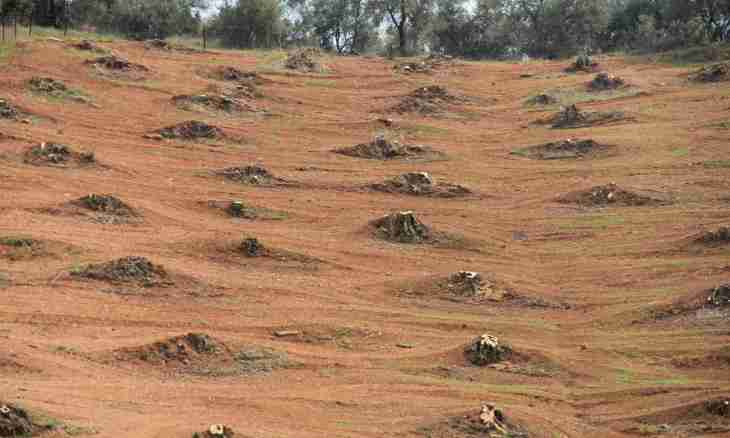Arguing on a relief, it is necessary to distinguish a macrorelief, a mesorelief, a microrelief and a nanorelief. The macrorelief and, strangely enough, a nanorelief have the greatest impact on soil formation.
What is a relief
The relief is, first of all, forms of the earth's surface. These forms are mainly connected with tectonic processes, fluctuations of levels of the seas and oceans. Partially the relief is connected with activity of glaciers and other phenomena. Being border between the atmosphere and a lithosphere, the relief has the defining value at redistribution of solar radiation and precipitation. Therefore, the concrete type of climate in considerable territories, as well as formation of different types of soils also depends on forms of a relief.
As the relief serves as a peculiar barrier in distribution of moisture and heat and also aeration products, he actively participates in soil formation.
Also it is the defining factor of the drawing of a soil cover and is fundamentals of soil cartography. Degree of moisture content of soils most often depends on features of a relief also. In this parameter distinguish several groups of soils. For example: automorphic, polugidromorfny and hydromorfny. Respectively, not rehumidified, partially rehumidified and rehumidified.
Relief role in soil formation
Here influence of a macrorelief as it defines how the earth's surface in considerable territories is arranged is important. All ridges, plains, lowlands are defined by a macrorelief. Respectively, both water streams, and the movement of air masses depend on it. In mountainous areas the formation and distribution of soils is subordinated to the law of vertical zonality. Thus, the main types of soils are located in the form of separate zones which consistently replace each other from the bottom to top. Soil formation in mountains is caused by existence of products of aeration of both magmatic, and ancient sedimentary rocks of the most various structure. Constant demolition of products of soil formation leads to continuous rejuvenation of soils and attraction all of new layers of breeds in soil formation that favorably affects development of the woods. In turn, the mesorelief, and is various hills, beams, ravines, makes the contribution to redistribution of moisture and respectively in soil formation. Not less important and influence on creation of soils and, apparently, insignificant micro and nano - forms which provide height differences to fifty centimeters on the areas up to ten square meters. But they are extremely important in distribution of soil moisture and direct influence on accumulation of a humus and its more uniform distribution.

